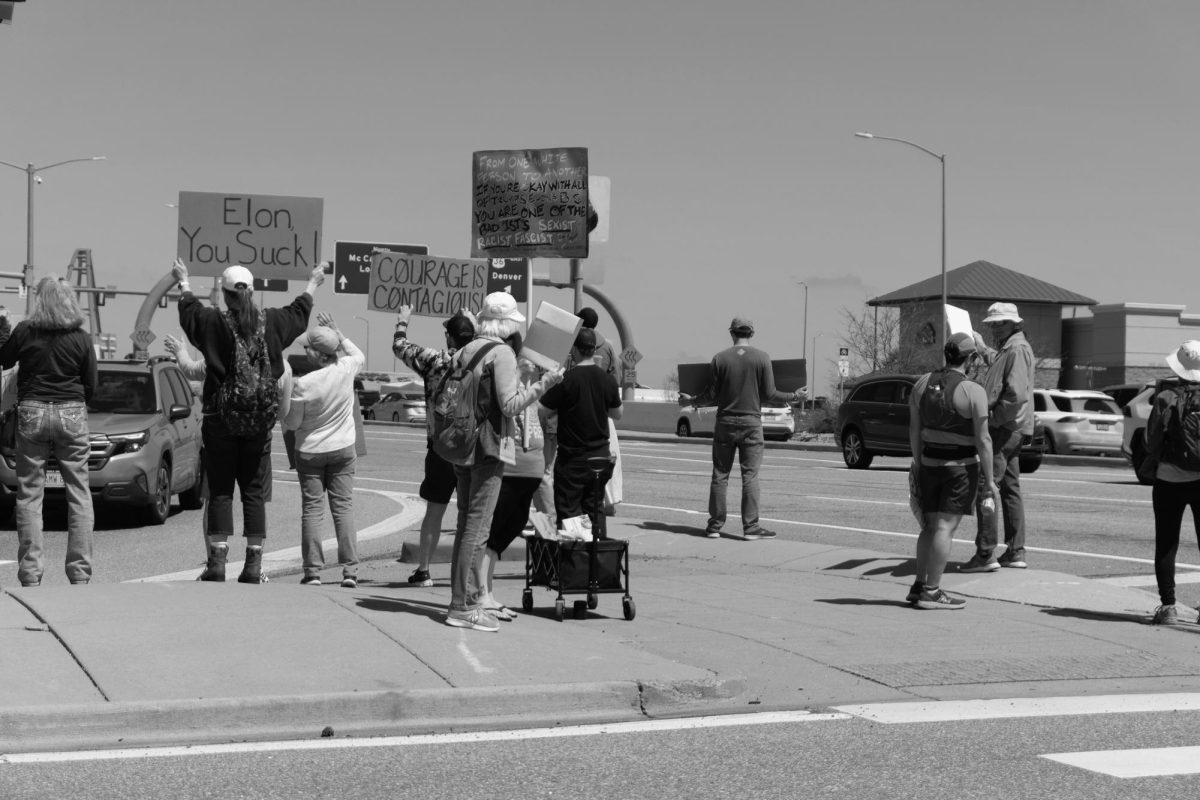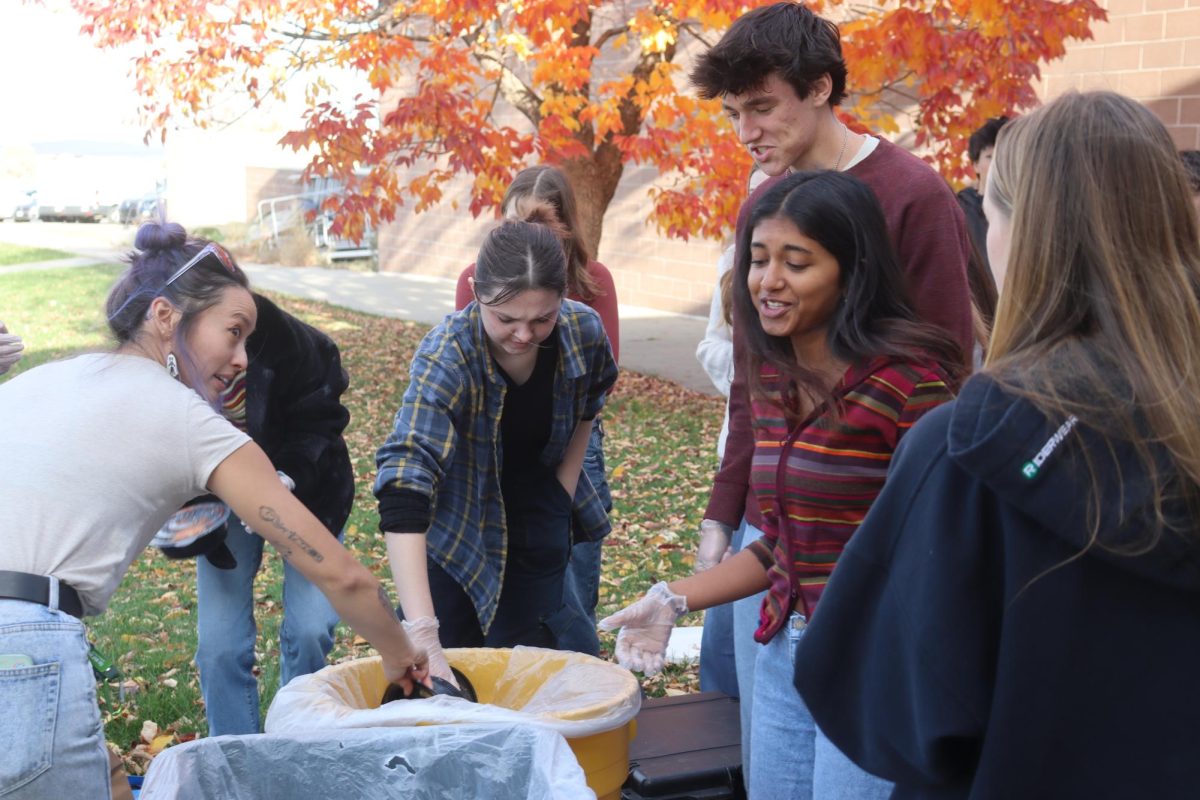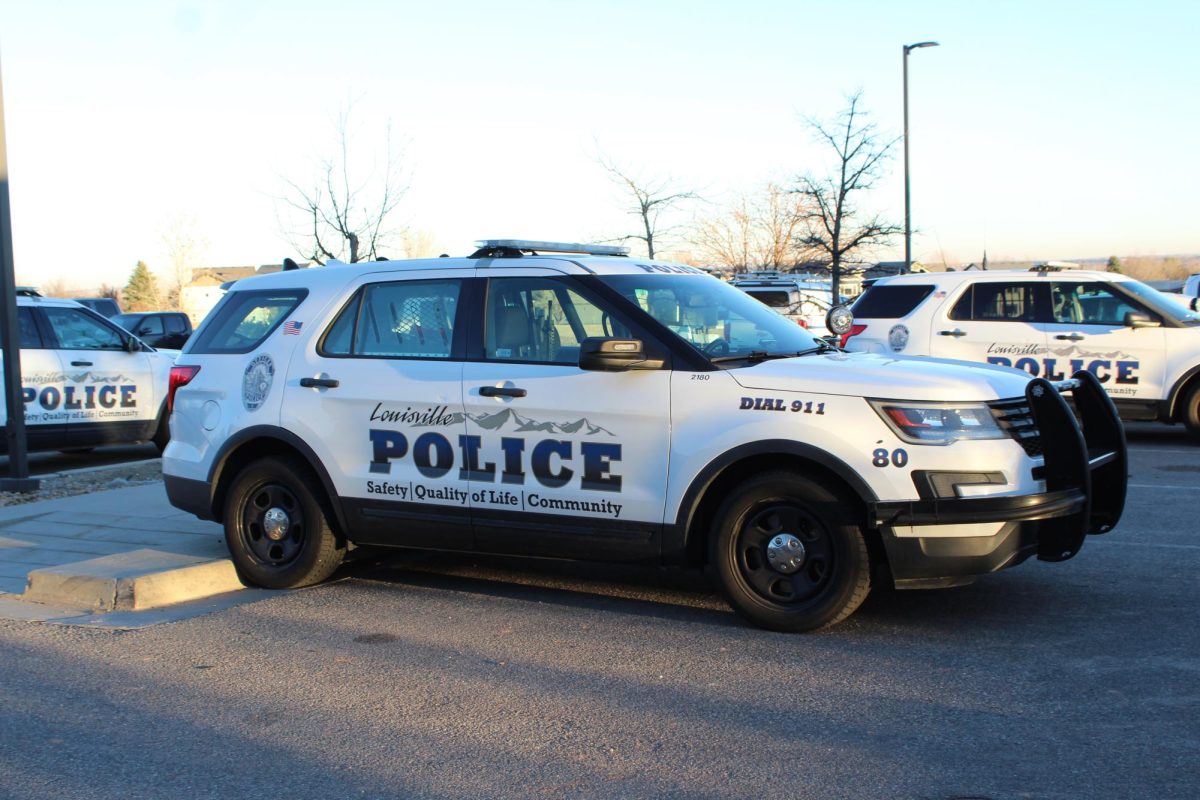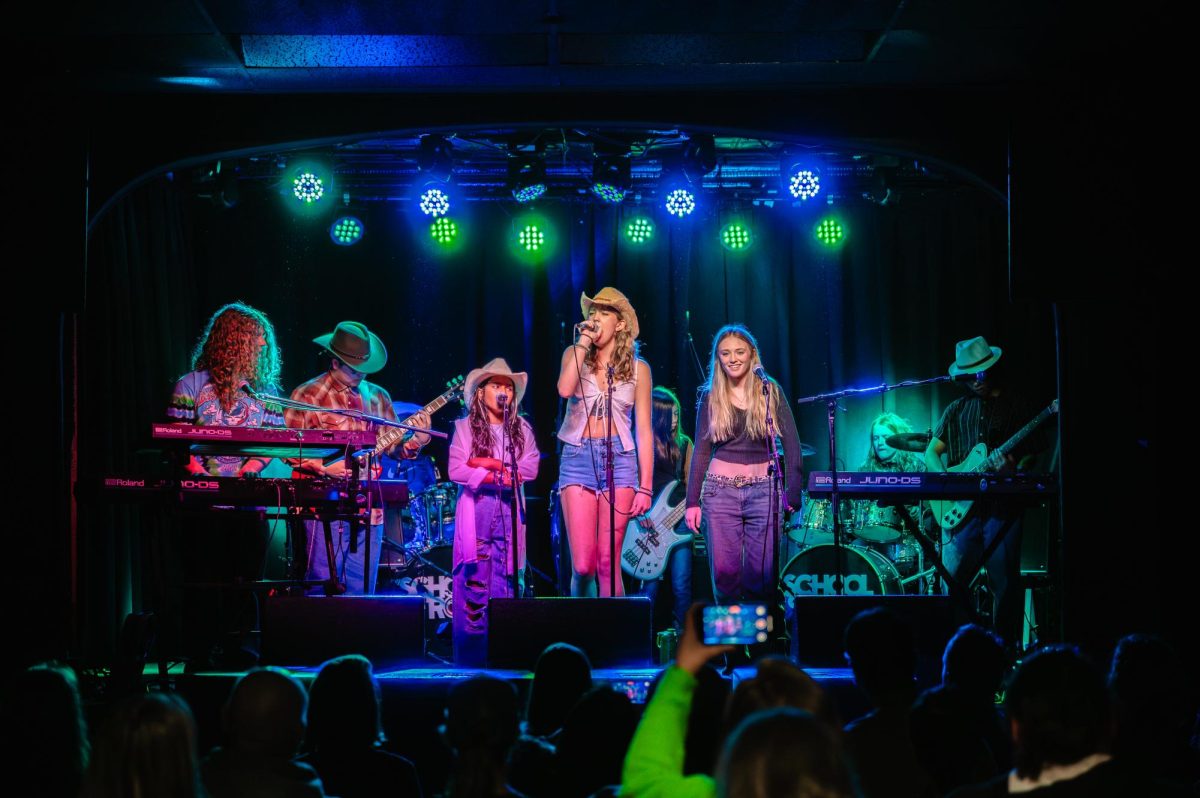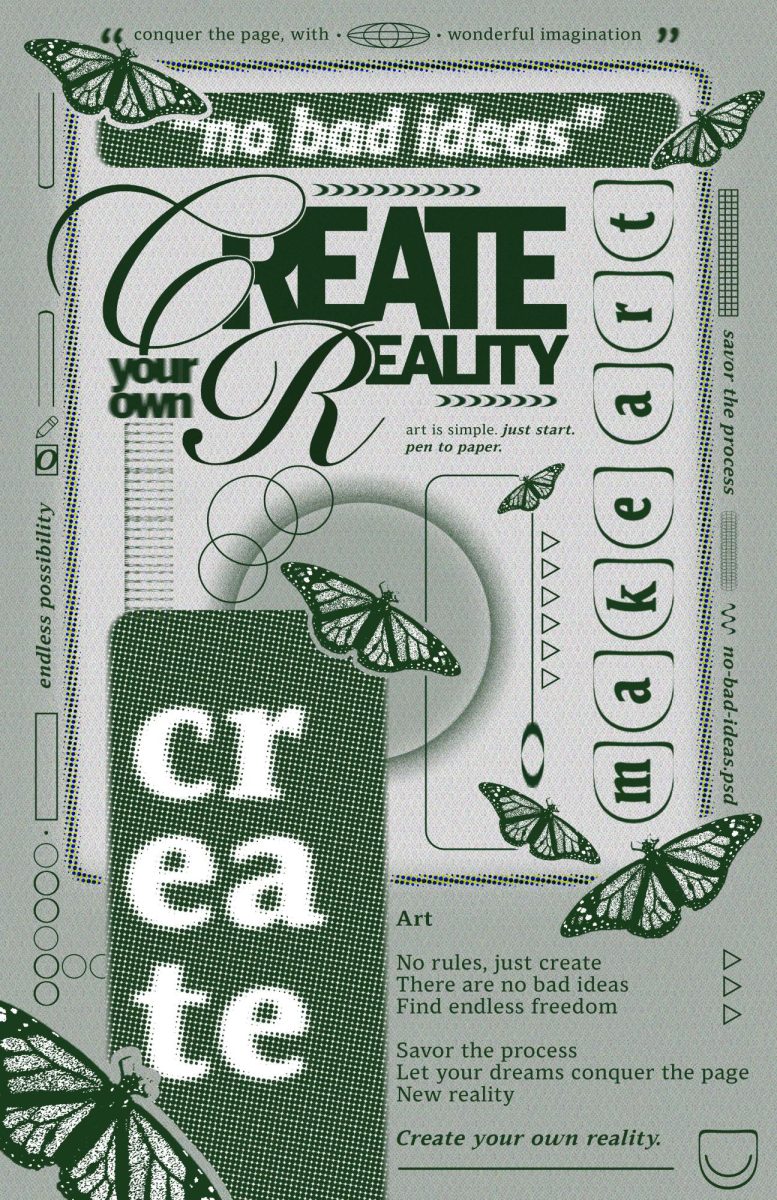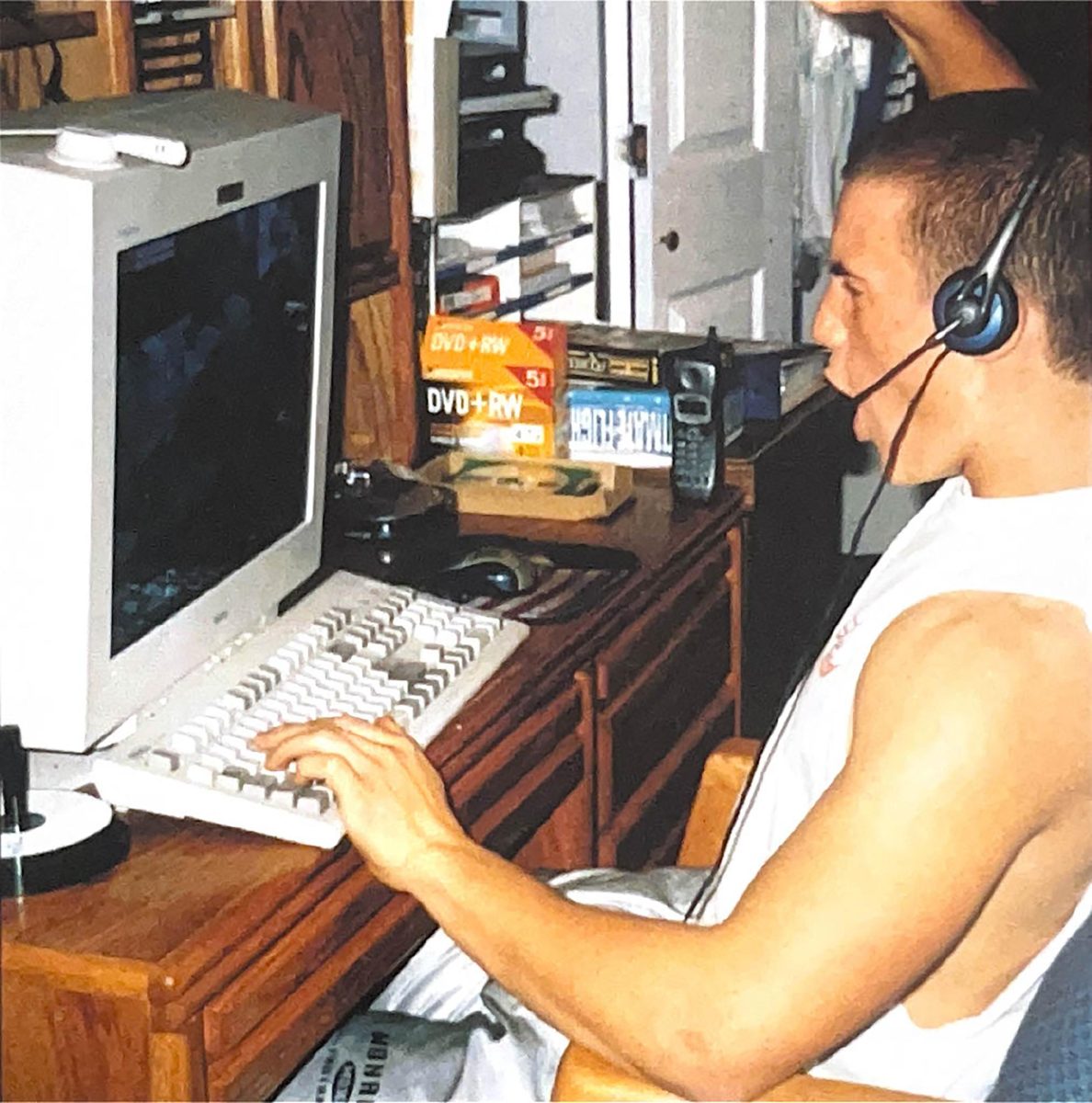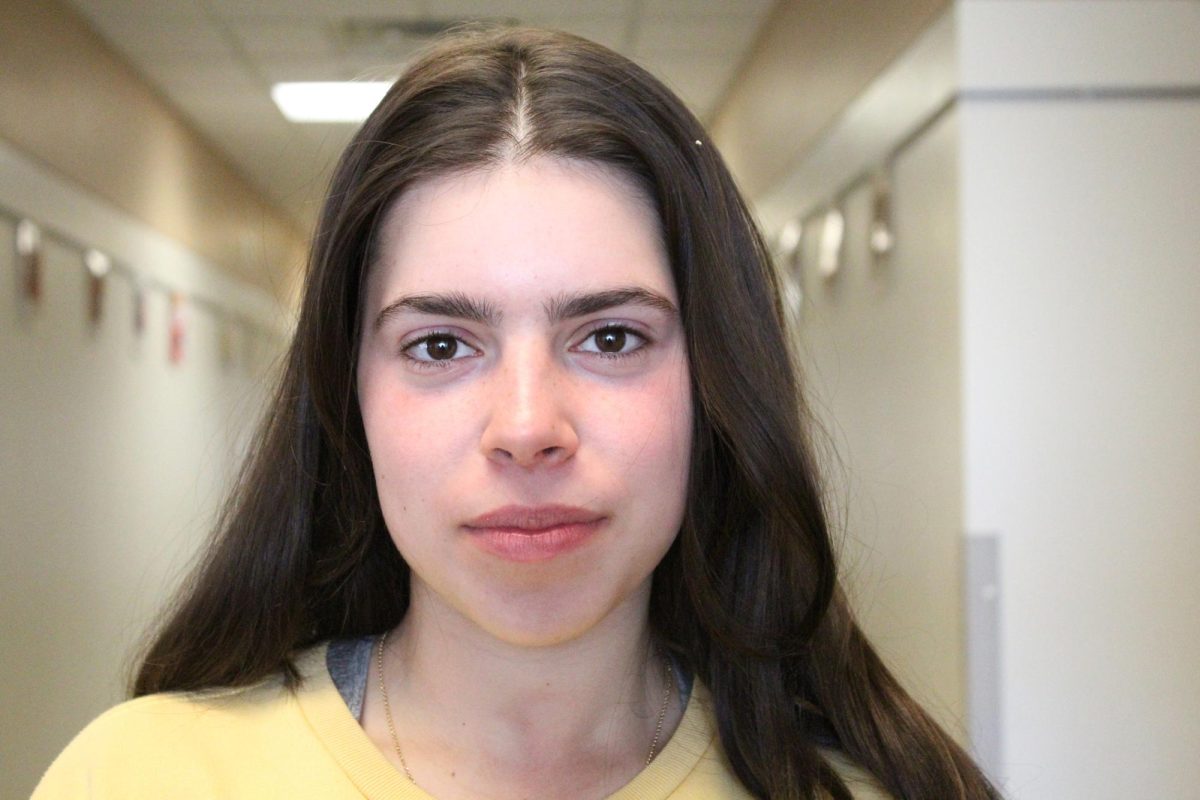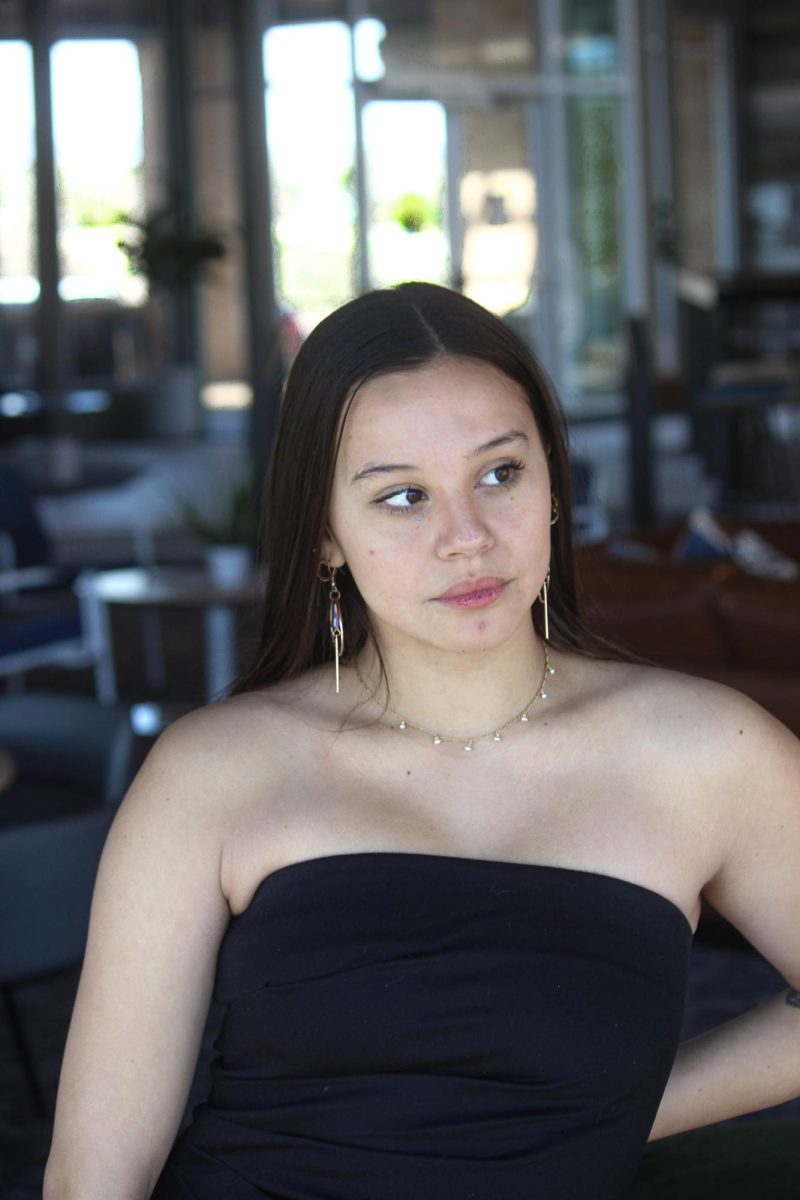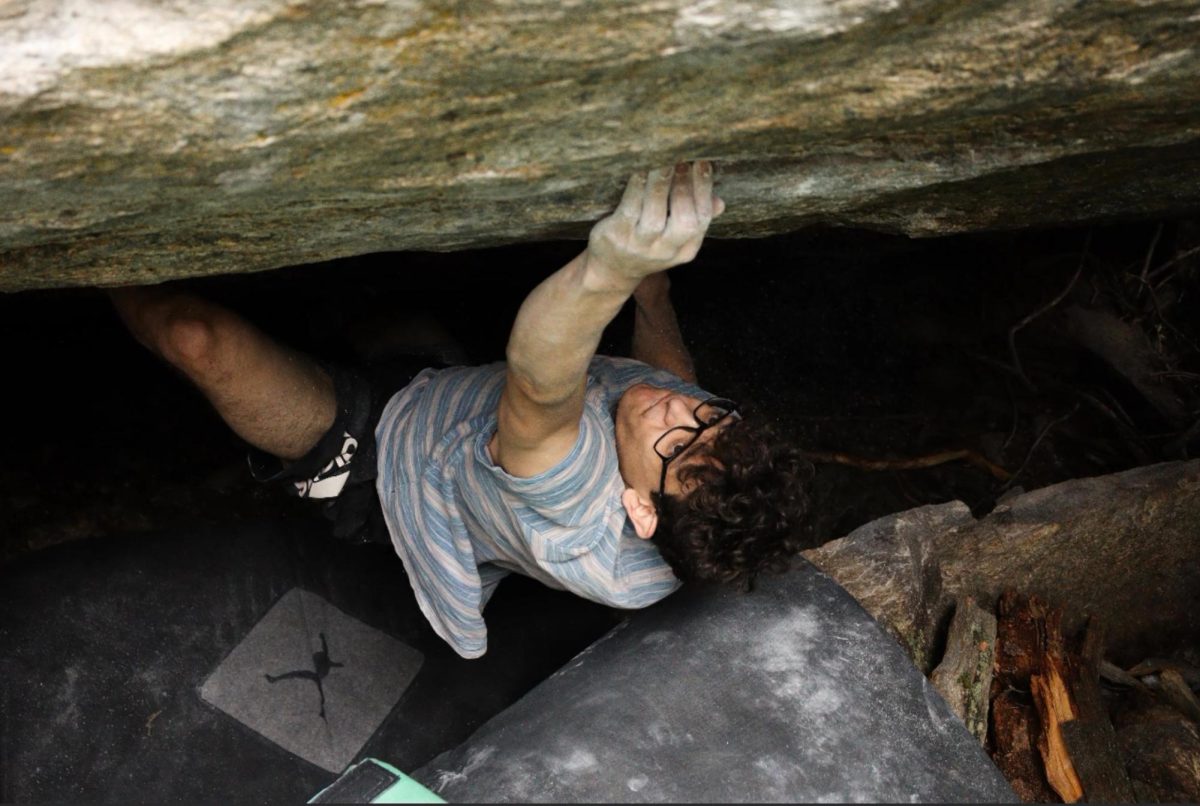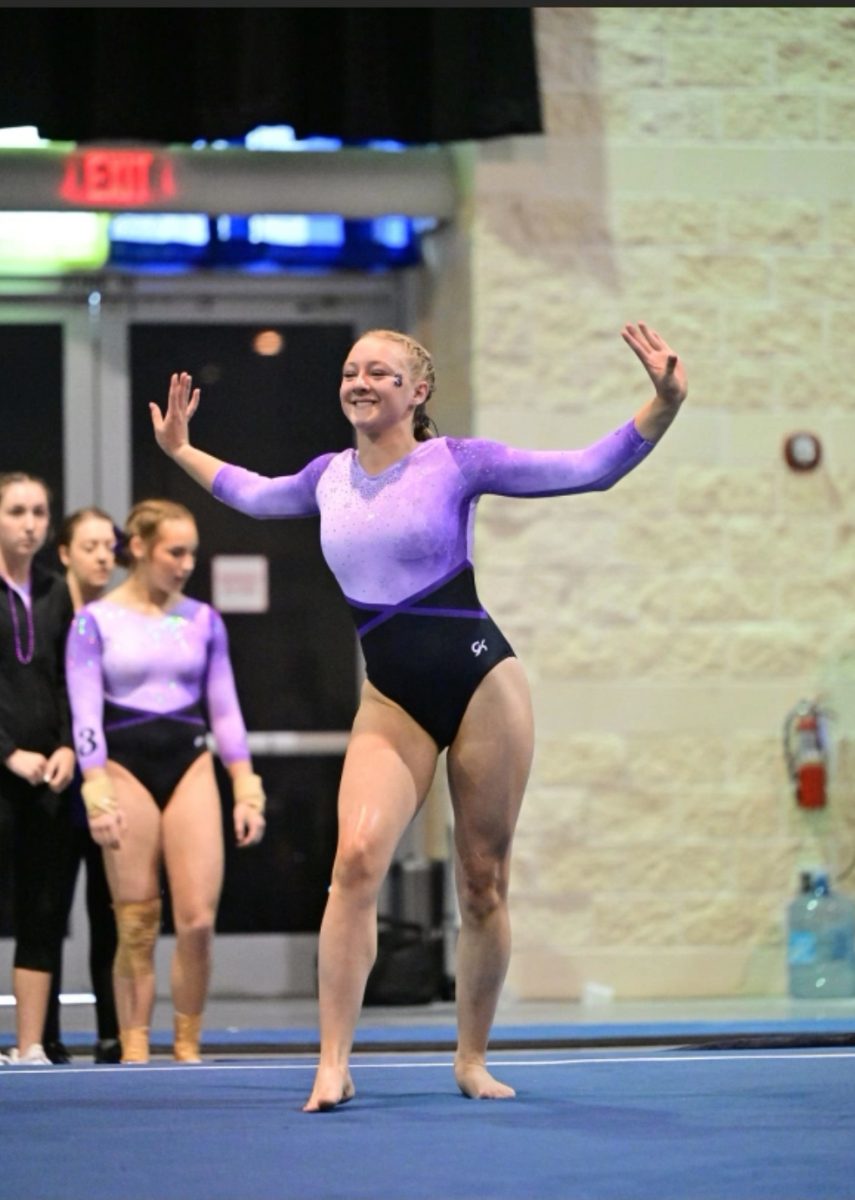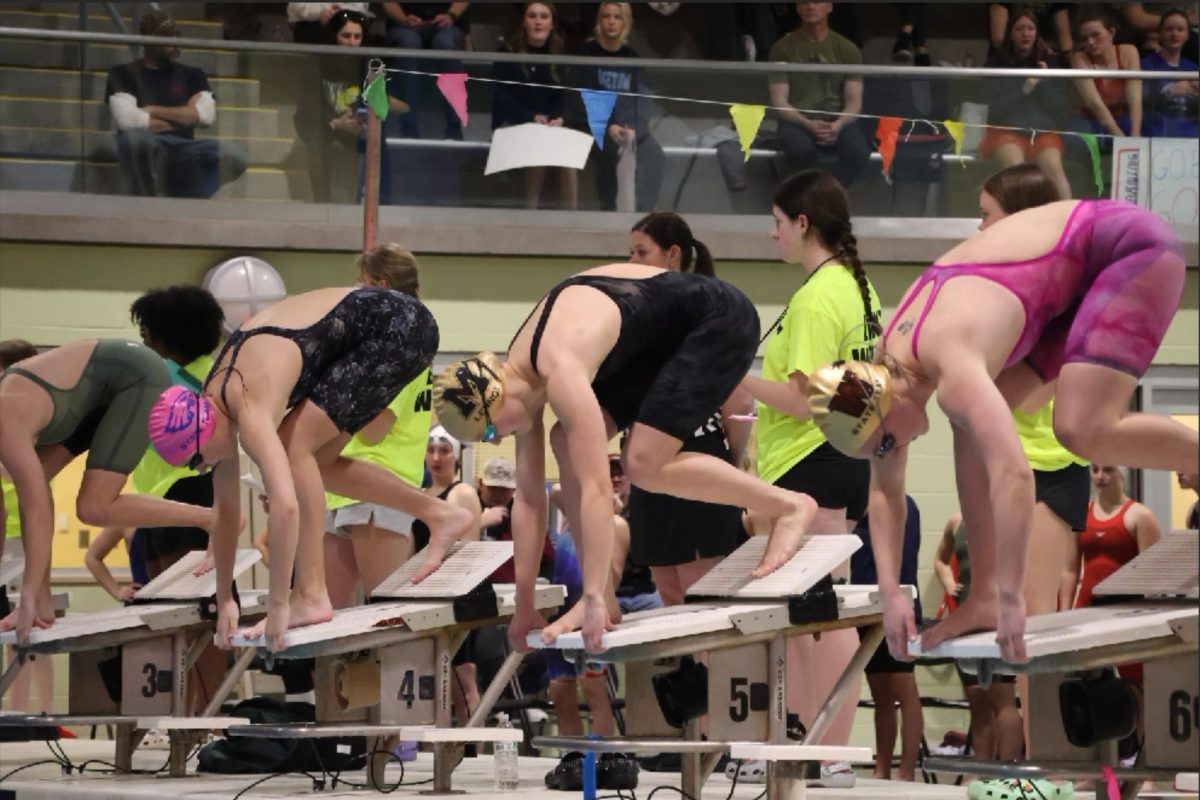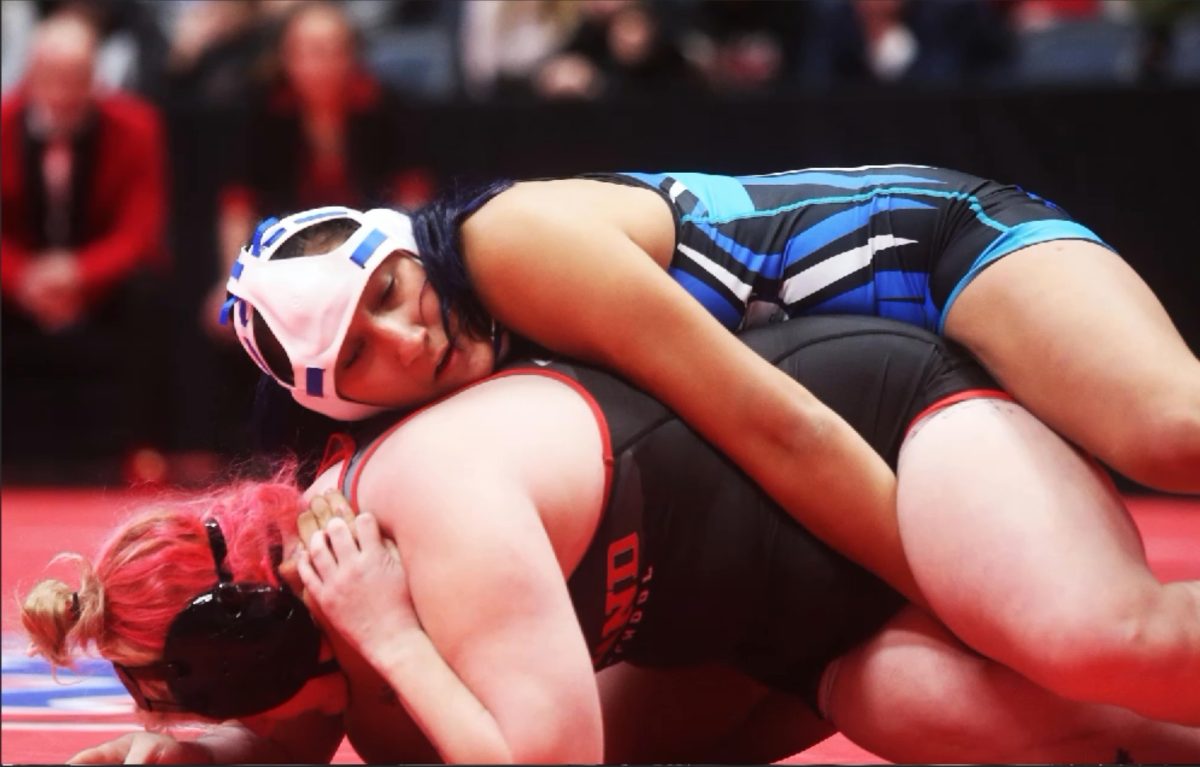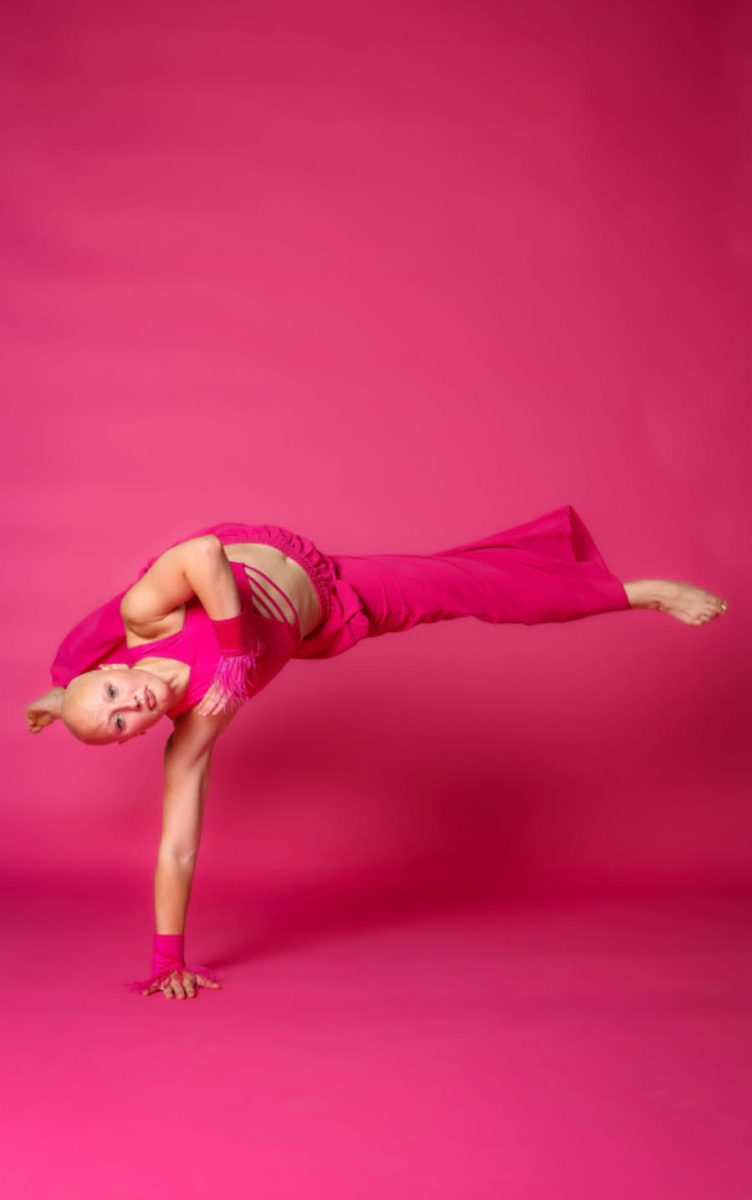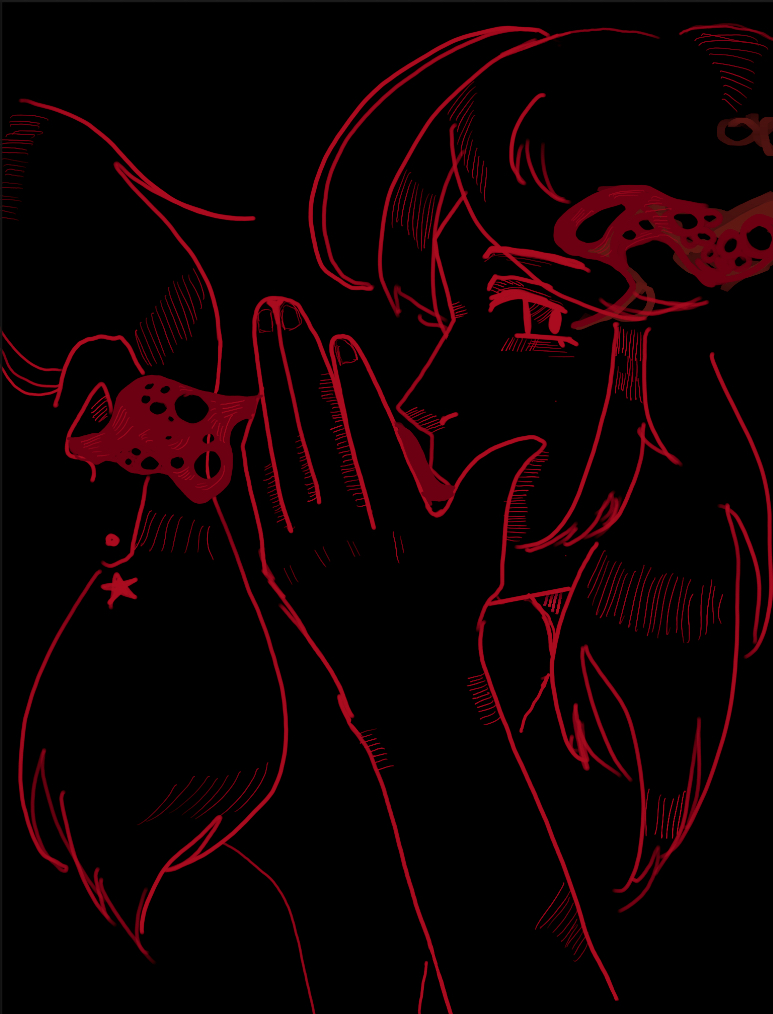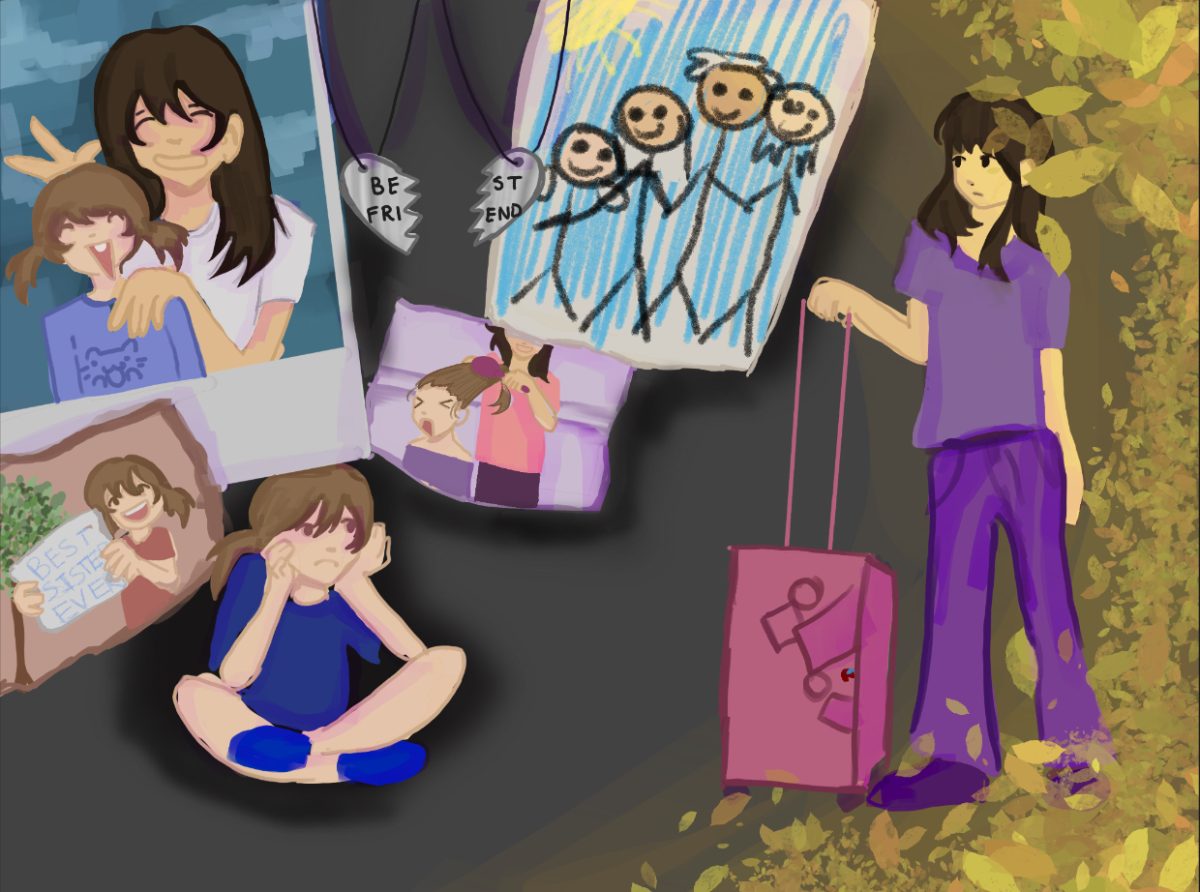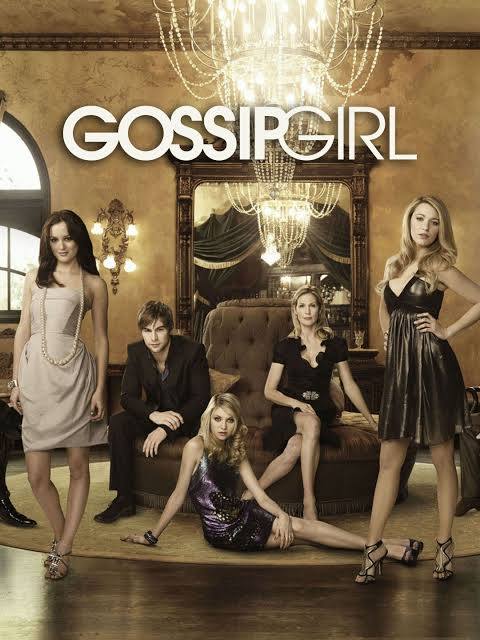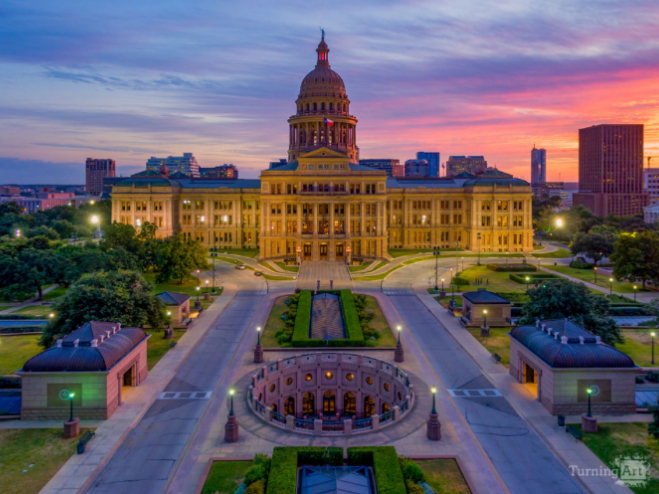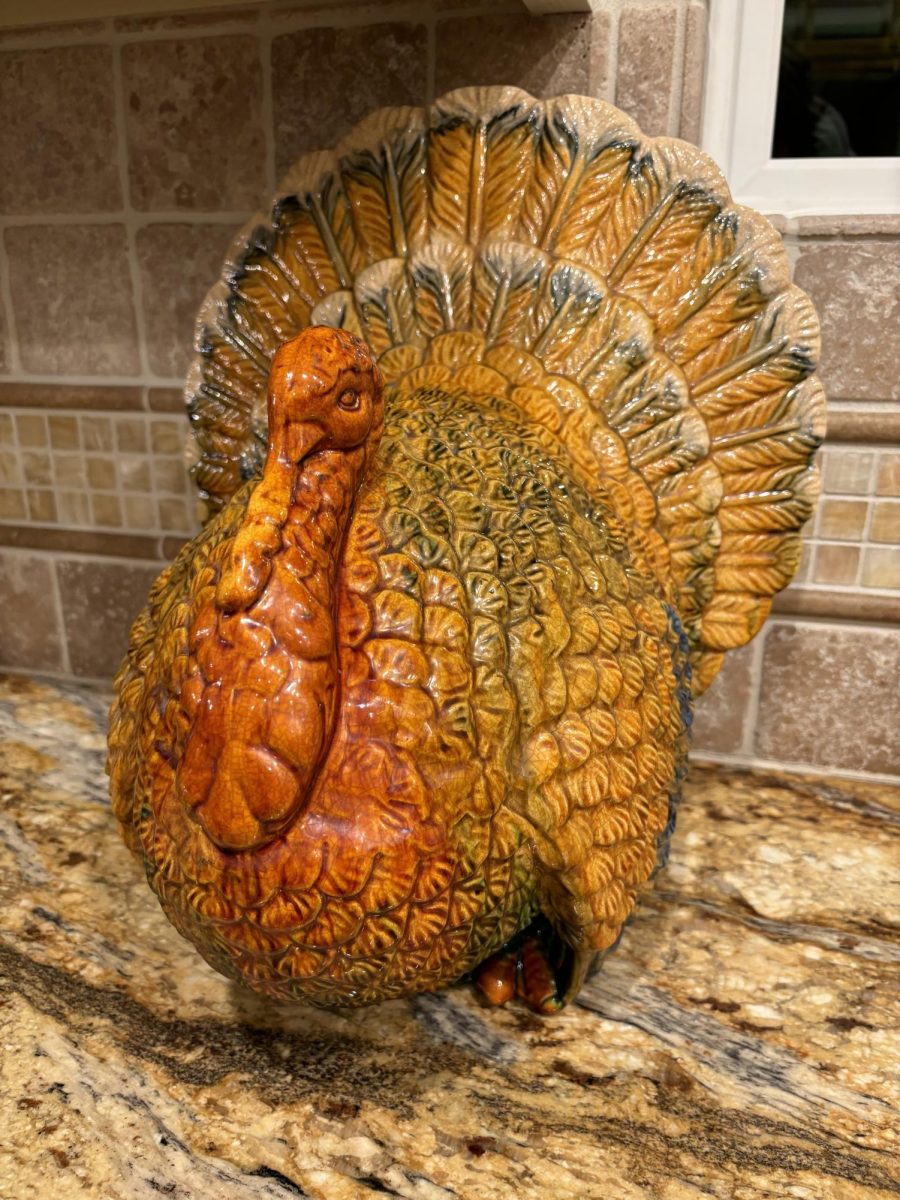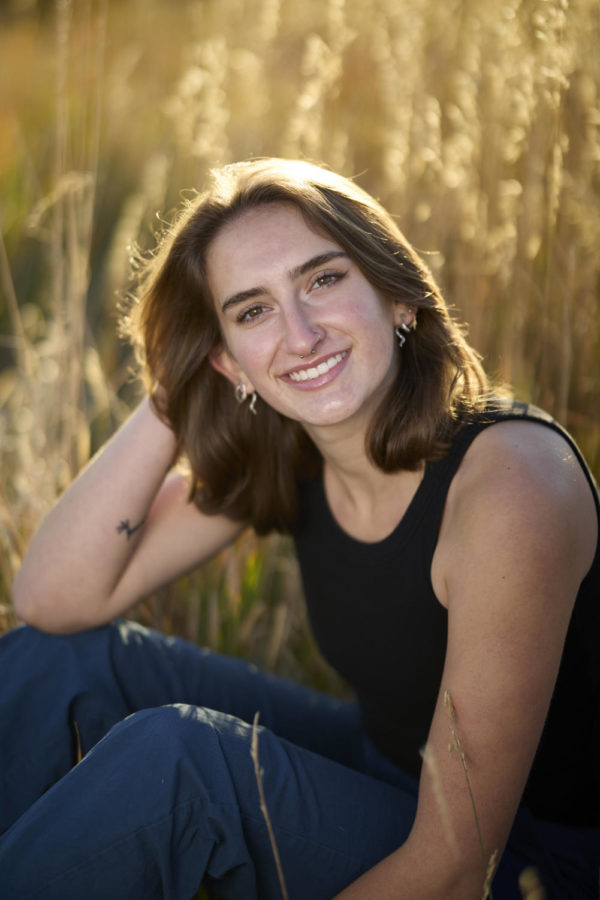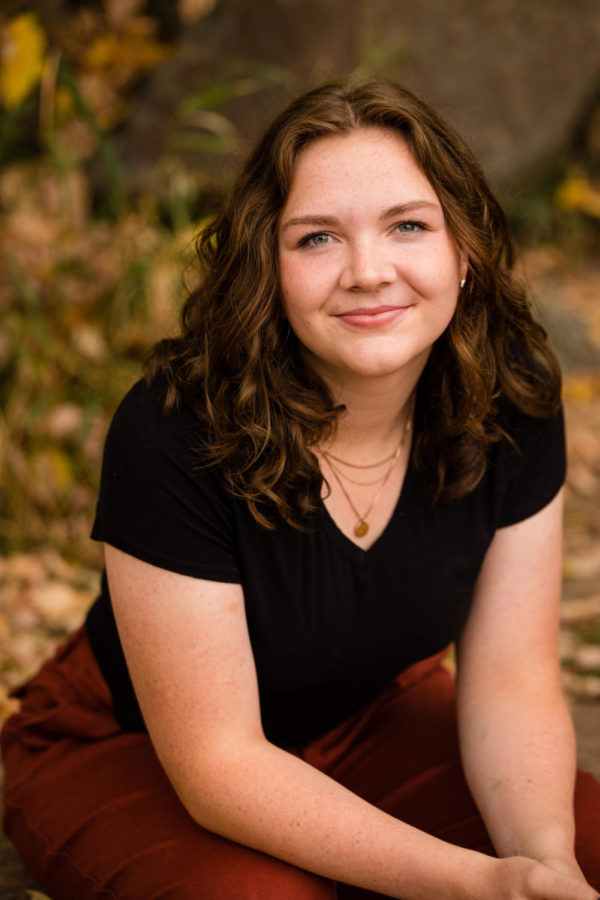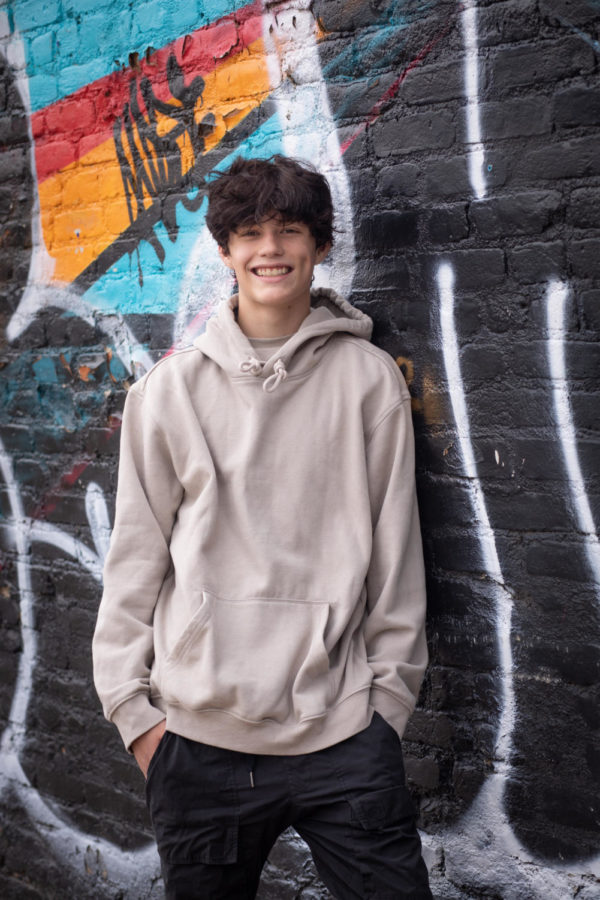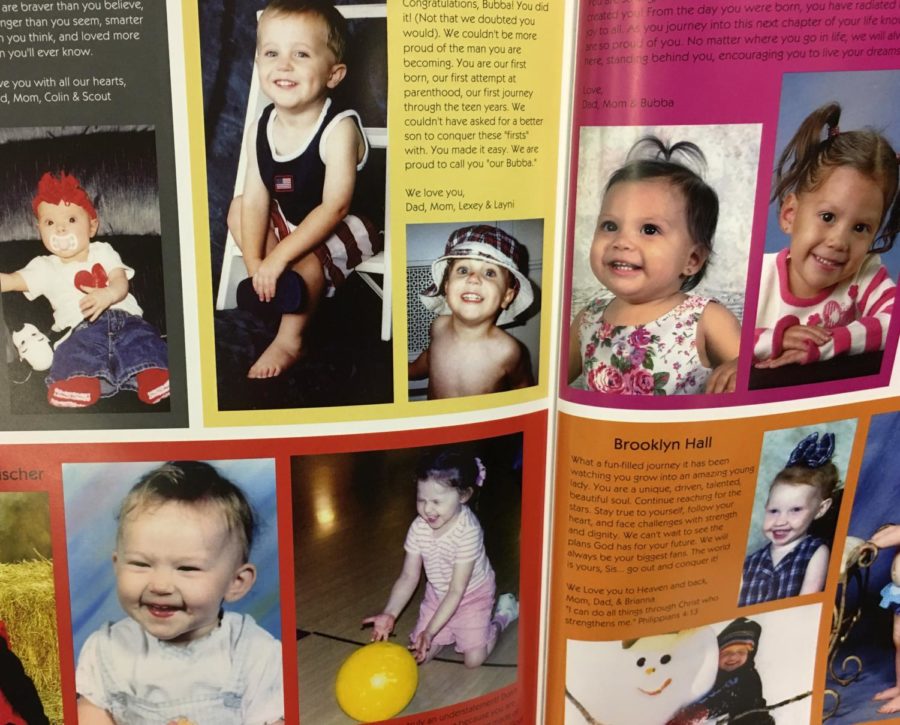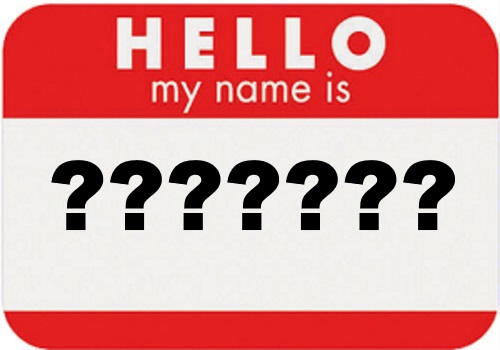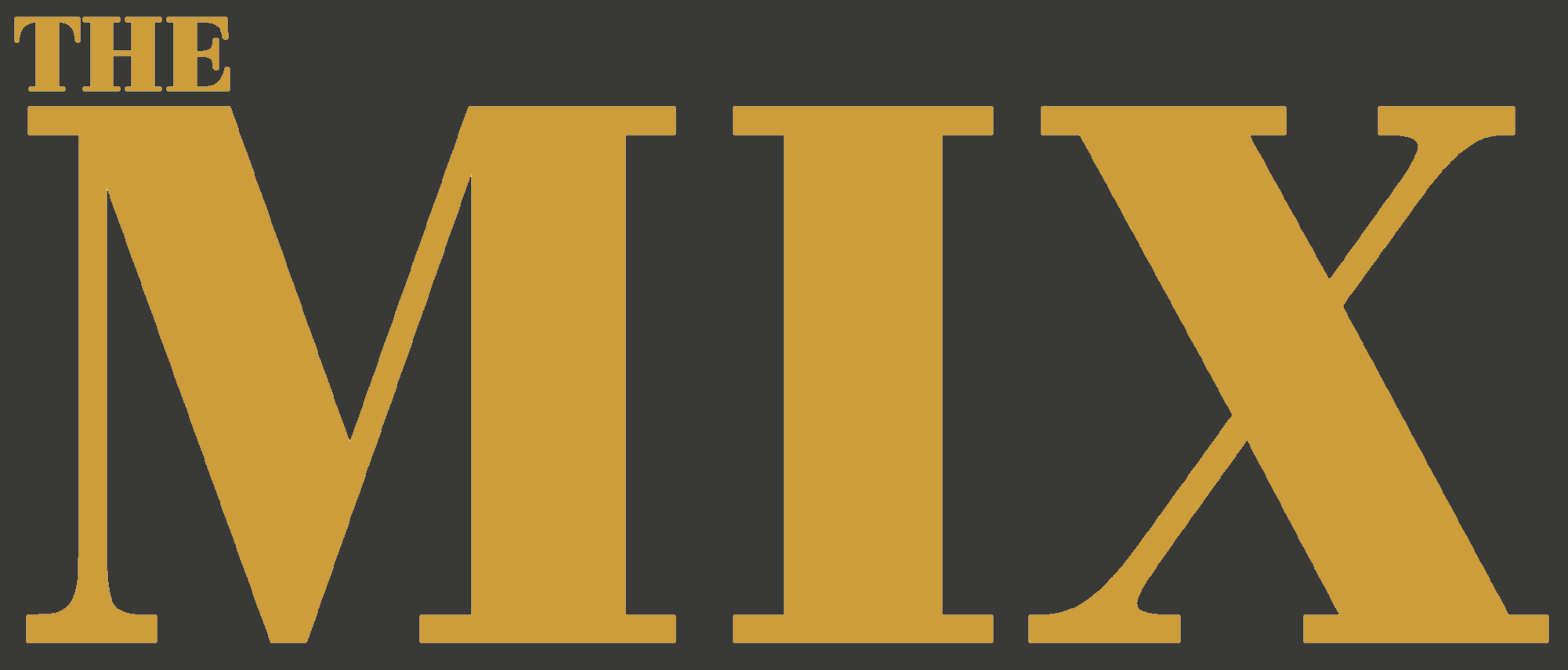Anybody can be a model
[ngg src=”galleries” ids=”5″ display=”basic_slideshow”]While sitting on top of an old freezer in a basement hardware closet, Sophia Miranda ‘21 is obsessed with a hard boiled egg. This is in the midst of a photoshoot conducted by The Pack. She will not rest until the egg is in her photos and finally the egg ends up perched on a fire extinguisher hiding behind her. Now, the photoshoot can begin.
As Miranda poses, she lights up the room and makes it a place full of possibility. She has no modeling experience, yet she is able to turn a regular space into a work of art.
“I think that you don’t have to be a model to model,” Miranda said. “Just put on what makes you feel confident, go to a fun location, and just do whatever makes you feel happy.”
In reality, there’s no actual criteria for beauty. It’s all subjective. With that mindset, The Pack decided to take five regular people and show how they can project their inner beauty outward. We gathered them in a basement, and set out to show how modeling knows no boundaries.
“Looks have become such an important factor in status in society,” Alana Saliba ‘23, one of our models, said. “They’ve become a ranking for important you are, how much you’re worth.”
Saliba knows that beauty is not shallow and can be expressed however she choses.
“If you can’t get past with the way I look on the outside, why should I waste my time with teaching you how I look on the inside. I think I’m pretty, as it goes.”
There is no one specific type of model. While Miranda is bubbly and her happiness is infectious, Matisse Kellner ‘21 brought a down to earth sense of calm while getting her make-up done. She had a stark personality difference from Sophia and still brought her own unique energy to her photoshoot.
Kellner gazed dramatically across the kitchen in order to pull together the atmosphere of her photos. Her pose was relaxed and dreamy, as if she was a natural.
Even though these people are more than capable of modeling, there is still a stigma around doing it professionally. “There’s still a ways to go,” Kellner said. She is looking forward to more inclusivity and diversity throughout the modeling industry. “It’s still tricky for a lot of the outliers and groups of people to get jobs.”
While it may be hard to enter the modeling industry, our photoshoot mostly highlighted the inexperienced, but have the potential to model.
Michael Ryterski ‘21 is not a model, but his confidence in himself shows through everything he does, including posing for a photoshoot. Although Ryterski could be a model, he is apprehensive about the industry.
“I’ve just always had it in my head that it’s a negative environment, just because it’s purely based off of looks and not personality or talent,” Ryterski said.
Throughout history, society’s perception of the ideal person has often been constructed around how a person looks. Standards have changed, but there’s still a hint of negativity around using diverse models in both shape and race.
“Body positivity, at this point has become a cliche, but it’s important. It’s real. It’s a part of our lives. I mean, we have to live in the bodies we have every single day,” Saliba said.
If people are being held back by the idea that they’re not attractive enough to model, diversity in the industry is never going to grow. “I know it’s cliche, but everyone is so beautiful in their own way. If everybody looked the same it would be so boring,” Miranda said. Using real people as models and inspiration could break the harmful stigma of the perfect look.
“Everybody has insecurities, so the best thing we can do is embrace them and love ourselves and love each other” Saliba said.

